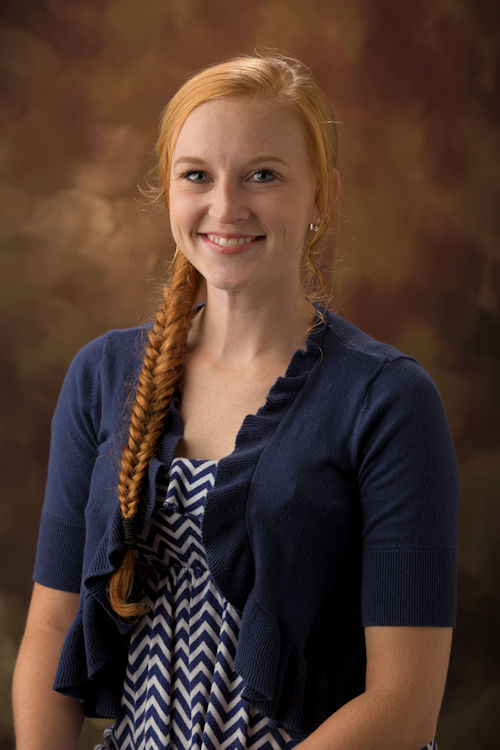When Kristian Gammon experienced back pain and extreme menstruation pain each month, she thought it was just a normal part of being a woman.
She suffered for almost two years before she discussed it with her doctor. In February 2016, she underwent laparoscopic surgery to confirm a suspected
diagnosis of endometriosis.

“We found out that I had endometriosis and it was really bad — the doctor said every organ in my lower abdomen was touched by endometriosis,” Gammon said.
In endometriosis, tissue that looks and acts like endometrial tissue — the tissue that lines the uterus — implants outside the uterus where it responds to the hormonal changes of the menstrual cycle. It builds up, breaks down and bleeds, but the blood has nowhere to go. This causes surrounding tissue to become inflamed or swollen. It can also cause scar tissue, chronic pain and heavy periods, as well as infertility if the endometrial tissue implants in the ovaries or fallopian tubes.
Gammon’s doctor — David Helton, MD, a board-certified gynecology and obstetrics specialist with
West Georgia Healthcare for Women — has been performing minimally invasive surgery for more than 30 years.
The only way to diagnose endometriosis is for the doctor to perform a laparoscopy and visualize the endometriosis, Dr. Helton said.
“A woman may have one small area of endometriosis and have lots of symptoms or she may have no symptoms and had a severe case of endometriosis,” Dr. Helton said.
Laparoscopy is a minimally-invasive way to diagnose and treat endometriosis and many other conditions, Dr. Helton explained. It allows for much smaller incisions, resulting in less pain and a much quicker recovery, he said.
Dr. Helton treated Gammon’s endometriosis during her laparoscopic surgery and recommended hormone injections to stop the spread of endometriosis.
Gammon began receiving a Lupron injection, a synthetic hormone used to treat endometriosis. She had to stop after about four months because it caused severe mood swings.
She felt good for a few months, but then severe pain came back. Gammon underwent another
laparoscopic surgery and had her left ovary removed in September 2016.
“The recovery wasn’t bad at all,” Gammon said. “I was back at work in just six weeks.”
Gammon, 26, has a little boy who is 5. Her boyfriend has a 4-year-old daughter. She enjoys spending time with their kids together.
She said she tries to focus on living her life to the fullest. Gammon loves being a mom to her son, Reed, and enjoys her work as a supervisor in the residential dining hall at University of West Georgia. In her spare time, she enjoys doing yard work at her home in Woodland, Ala.
“There is no point in being down about it because I really can’t do anything else about it,” she said. “I’m not in pain anymore, and that’s great.”
Endometriosis is not age dependent and can even occur during the in teenage years, Dr. Helton said. Endometriosis is familial, often occurring in multiple family members.
“It’s very common in women of different ages,” Dr. Helton said. “Fortunately, it’s something that we can treat, and with a minimally invasive surgical approach, we can help women recover faster with much less discomfort than traditional surgery. It’s less pain for recovery, and less pain for life.”